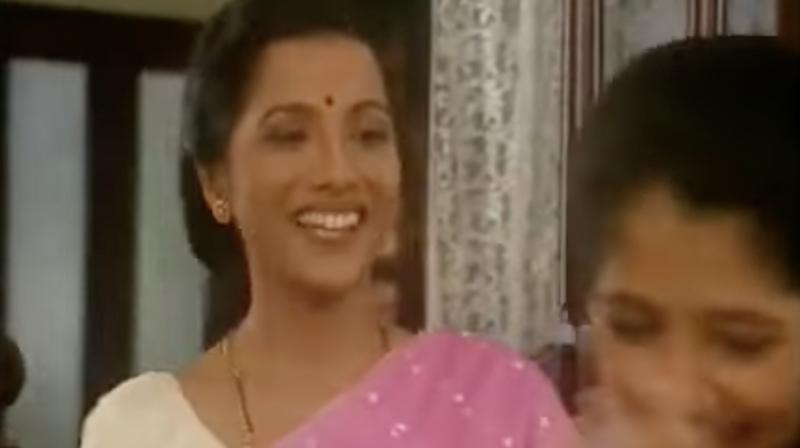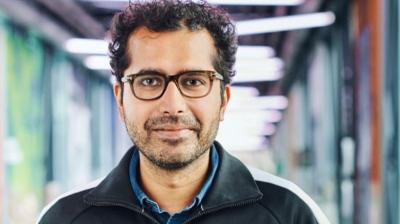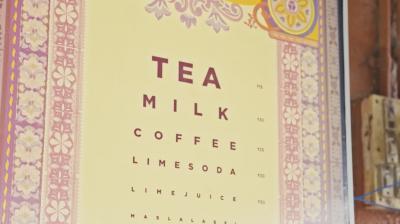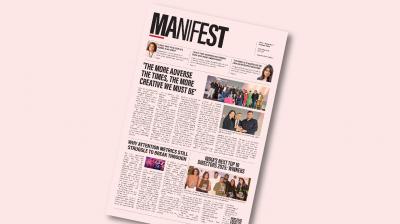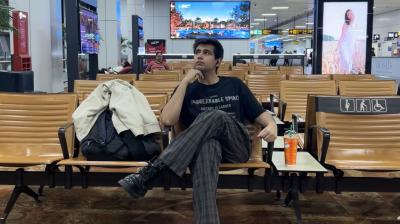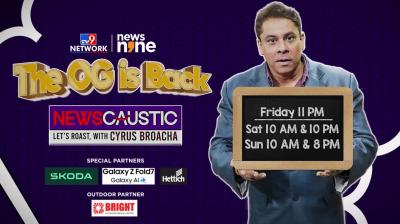Every year, as we mark Menstrual Hygiene Day on 28 May, I find myself reflecting not just on what we talk about when we talk about menstruation—but how we talk about it. And more importantly, who gets to be part of the conversation?
For decades, Indian sanitary pad brands have been ambiguous: promoting menstrual hygiene products, yet silent about the biology. They sold us protection, not empowerment. Blue liquid, not real blood. Euphemisms, not honesty. But over the last two decades, something remarkable has happened. The narrative has shifted from a whisper to a movement to stay free from shame, from selling absorbency to building ecosystems of support and empathy.
From secrecy to status: The early years
In the 1990s, brands like Carefree entered the Indian market with promises of comfort and modernity. Their ads, mostly targeted at urban, affluent women, were more about lifestyle than lived realities. Periods remained hidden - visually sanitised, verbally coded. The focus was on selling a product, not starting a conversation.
The silent 2000s
The early 2000s saw product innovations, but not much change in messaging. The blue ink remained. So did the embarrassment. Most conversations about menstruation still took place in hushed tones—if they happened at all. And brands were complicit in this culture of silence.
The digital disruption
It wasn’t until the 2010s, with the rise of digital content and gender-aware platforms, that the cracks in this silence began to show. A refreshing wave of period-positive storytelling emerged—funny, real, and often crowdsourced from lived experience.
One of my favourites from this era is Girliyapa’s “Periods and Dads”—a witty, awkward, and utterly relatable portrayal of intergenerational conversations on menstruation.
Beyond the product: Toward cultural change
By the late 2010s, brands were no longer content with just peddling pads. They began acknowledging the ecosystem around menstruation—the ignorance of caregivers, the lack of school infrastructure, and the need for comprehensive sexuality education.
Stayfree’s “It’s Just a Period” campaign (2021) is a standout—framing menstruation as a biological reality, not a curse to be hidden.
Equally important has been the inclusion of boys and men. The 2024 Stayfree ad, titled “Beta, Stayfree Le Aana”, portrays a mother asking her son to buy sanitary pads, normalising male involvement in menstruation-related tasks.
Bleeding red: Finally, the real picture
For years, ads used blue ink to depict menstrual blood—perhaps to protect delicate sensibilities. But what were we saying? That menstruation is shameful? Unclean? Unfit for public depiction?
It took until 2020 for a brand—RIO—to boldly break this mould and use red to depict blood. It was honest, it was raw, and it was long overdue.
Facing the new reality: Early onset, earlier education
Perhaps the most urgent development in recent years has been the early onset of menstruation. With girls starting their periods as early as eight or nine, the silence around menstruation becomes even more dangerous. Education must begin earlier. Period conversations must begin at home and school—and they must include boys.
The latest Whisper campaign, launched in May 2024, titled “Periods ka Matlab Healthy Hai Aap”, takes a joyous, musical approach to this issue, advocating for inclusive menstrual education at a younger age.
So, where do we go from here?
We must stop treating menstruation as a private inconvenience and start recognising it as a public issue - of health, of education, of dignity. Sanitary pad brands today are uniquely positioned to lead this charge. And many already are.
But let’s not forget: Access is still unequal, rural outreach is inconsistent, menstrual waste management remains a ticking environmental time bomb, and myths and misconceptions persist. We’ve taken some strides, but there’s much more ground to cover.
This Menstrual Hygiene Day, let’s celebrate the brands that dared to speak the truth - but let’s also demand more. More honesty. More equity. More red ink.
Because menstruation is not a marketing challenge. It’s a movement. And it's just taking off.
The author is a trustee at Population First.


